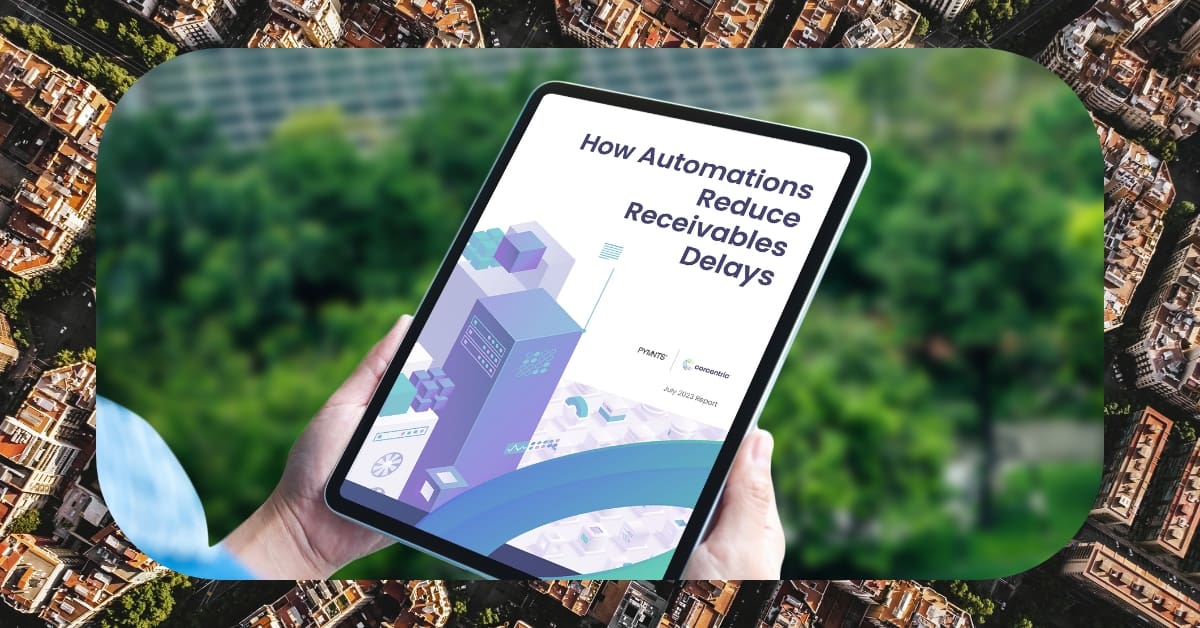Finding The Right Source-To-Pay Software For Maximum Efficiency

Buy Procurement Software
In an effort to maximize productivity and gain competitive edge, companies must strive to maintain streamlined and efficient source-to-pay process. By successfully handling tasks like supplier selection, contract management and more, business can more easily and accurately manage their finances. An important part of streamlining companies finance processes is selecting the most suitable source-to-pay software.
This guide will provide you with step-by-step instructions on how to select and implement the right source-to-pay Softwaresolution. Additionally, it will provide key considerations to take into account and framework to evaluate potential solutions.
Step 1: Understand the Scope of Your Requirements
Before selecting source-to-pay Softwaresolution, you must first understand the exact scope of your software needs and how the solution will interact with other departments and technologies. Take inventory of your current processes, including efficiency and validity of data, existing document management systems, vendor catalogue systems and more.
Write down list of requirements according to the scope of your process. Take into consideration the many facets of the source-to-pay process, including data exchange, visibility, document management, compliance management and reporting.
It is important to also consider any challenges that may arise, such as operational constraints and lack of resources. Additionally, remain mindful of any additional needs for integrating source-to-pay into external systems.
Step 2: Research Technology Vendors
Now that you have better understanding of the scope of requirements, you can begin researching source-to-pay technology vendors. Leverage public resources such as analyst reviews, end-user reports, technology industry groups and other databases. Additionally, do not hesitate to reach out to vendors with known solutions, as they may be able to provide you with additional information on how their solutions can meet your requirements.
Step 3: Evaluate Possible Solutions
Once you have identified the potential vendors, you need to begin evaluating the possible solutions. Create framework or questionnaire to help you easily compare different options. This framework may include criteria such as delivery capabilities, technology infrastructure, quality and scalability, among others.
Test each potential solution against your own requirements and make sure to consider issues such as lifecycle management, security, data integration and cost. It is essential that you lay out your complete evaluation criteria before you begin, as this will help you make more informed selection.
Step 4: Pilot the Solutions
Now that you have narrowed down your choices, it is time to begin piloting the solutions. Reach out to the vendors and ask for demonstration of the product.
Make sure to run thorough tests in variety of areas, such as speed, integration, customization, cost and scalability. Compare the results against your original list of requirements and make sure you have full visibility into the solution to ensure it meets all the necessary criteria.
Step 5: Make Decision
Once you have completed the evaluation phase and tested the solutions, you can move on to make selection. Gather the feedback of all stakeholders, including operational users, department owners, and financial personnel.
As the selection process draws to close, make sure to consult industry reviews and try to speak to references. After extensively considering all aspects of the possible solutions, you will be better prepared to make selection.
Conclusion
The selection of the right source-to-pay Softwaresolution is an essential part of the source-to-pay process. By understanding the scope of requirements, researching potential solutions, performing an evaluation and testing pilot, executives can make an informed decision that meets the companies needs and helps them maximize their efficiency.

